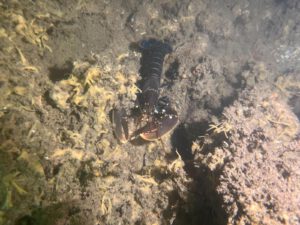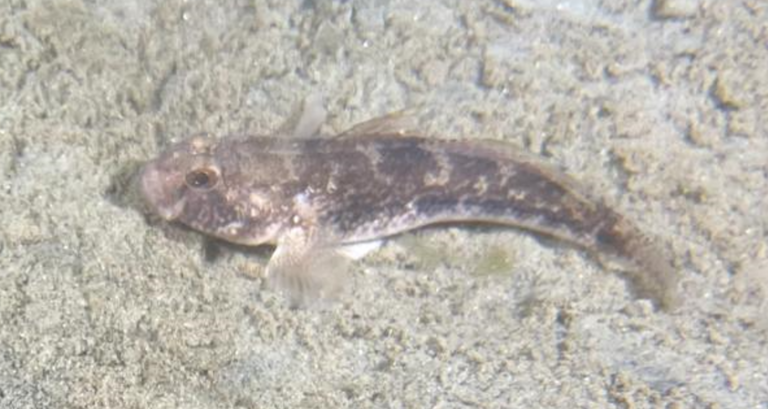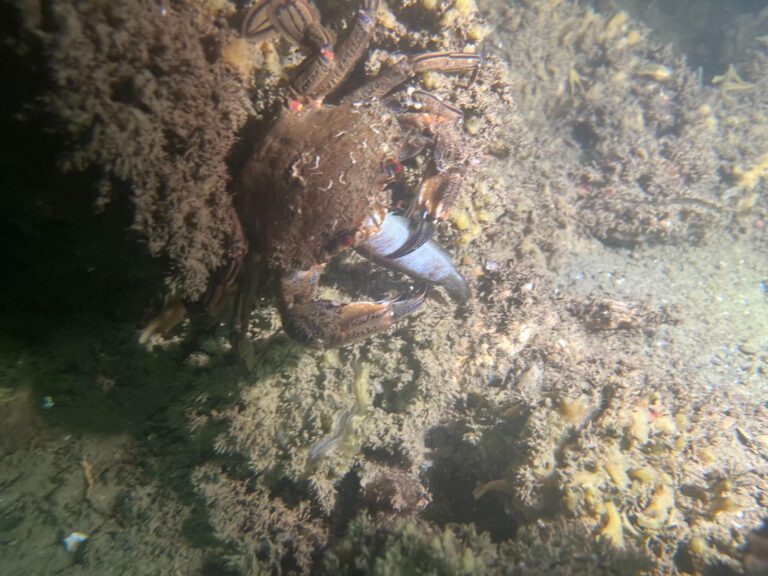European Lobster (Homarus gammarus)

Seahorse (Hippocampus) - Zeepaardje
Taxonomy: The European Lobster belongs to the family Nephropidae, which also includes various species of clawed lobsters. Its scientific name is Homarus gammarus.
Species: The European Lobster can reach up to 60 cm in length and weigh up to 6 kg. It has a characteristic blueish-black color with orange on the underside of its claws.
Reproduction: Females lay thousands of eggs after mating, carrying them under their tails for up to a year before they hatch. The larvae are free-floating until they settle on the seabed.
Habitat: Typically found in the rocky seabeds of the Atlantic Ocean, Mediterranean, and the North Sea. They hide in crevices or burrows during the day and become more active at night.
Diet: Carnivorous, feeding mainly on fish, crabs, and shellfish. They use their strong claws to crush or tear apart prey.
Conservation: Overfishing and habitat destruction have led to declining populations. European Lobsters are protected in certain areas and are subject to fishing regulations to prevent overexploitation.
Unique Anatomy: The lobster has two distinctive claws – one for crushing and the other for cutting. Its hard exoskeleton provides protection but must be shed periodically as the lobster grows.
Lifespan: European Lobsters can live up to 50 years in the wild, though many do not reach this age due to fishing pressures.
European Lobsters: Majestic Predators of the Ocean
When people think of ocean predators, they often picture sharks, dolphins, or large fish. But the European Lobster, with its powerful claws and cunning hunting techniques, is a predator not to be underestimated.
What is a European Lobster?
The European Lobster (Homarus gammarus) is one of the most sought-after seafood delicacies. Its vibrant blue-black shell and massive claws make it easily recognizable. Unlike fish, lobsters walk on the ocean floor, using their long antennae to navigate their surroundings.
Hunting and Feeding
Lobsters are nocturnal hunters, emerging from their hiding places under rocks or in crevices during the night. Their diet consists mainly of fish, crabs, and shellfish. With one crushing claw and another sharp cutting claw, they are well-equipped to deal with a variety of prey.
Despite their tough exterior, lobsters must molt their exoskeletons to grow. This process leaves them vulnerable for a short period, making them a target for other predators, including larger lobsters.
Reproduction and Lifecycles
European Lobsters have a fascinating reproductive process. After mating, the female carries the fertilized eggs beneath her tail for up to a year. Once the larvae hatch, they drift in the ocean currents for several weeks before settling on the seafloor. Many young lobsters will not survive this vulnerable stage, but those that do grow into fierce predators.
Ecological Importance
Though often seen as a culinary delicacy, European Lobsters play a vital role in their ecosystems. By feeding on a variety of prey, they help maintain the balance of marine life in their habitats. Their role as scavengers also contributes to the cleanliness of the ocean floor, as they consume dead animals and other detritus.
However, overfishing and habitat loss have placed strain on lobster populations. Sustainable fishing practices and marine conservation efforts are essential to ensuring that these magnificent creatures continue to thrive in their natural environments.
Conclusion
The European Lobster is a true marvel of the ocean, known for its striking appearance and predatory prowess. As one of the longest-living crustaceans, it is a key player in maintaining the health of its marine ecosystem. Protecting these creatures ensures that they remain part of our oceans for generations to come.







